(Image credit: Galen Crout on Unsplash)
Singapore’s urban landscape is ever-evolving, and the Urban Redevelopment Authority (URA) is at the helm of this transformation. With the recent unveiling of the 2025 Draft Masterplan, the URA has outlined its vision for the future of our Lion City.
Please be reminded that all information found here point towards suggested and planned developments. Nothing is yet set. The Urban Redevelopment Authority (URA) plans to work closely with Singaporeans and stakeholders over the upcoming two years. This collaboration is for the most recent update of the Master Plan. At the end of the review, they’ll showcase the Draft Master Plan 2025 (DMP25), which will outline Singapore’s land and development plans for the next decade and a half.
More housing in Central areas and new estates
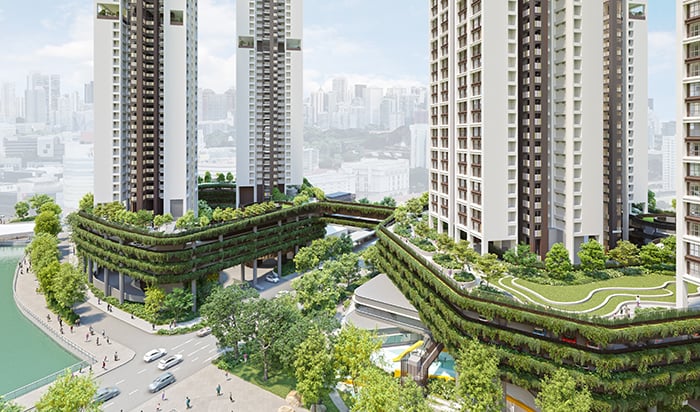
The URA is focusing on housing accessibility and building neighbourhoods that support families, ageing-in-place, and active living. In line with the Prime Location Housing (PLH) model, we can expect more BTO launches in central, mature areas like Queenstown. These Prime launches will also feature 2-room flexi-flats and rental flats, ensuring a better demographic mix.
The 10-year MOP restrictions are the government’s way of allowing Singaporeans to enjoy the lifestyle benefits of central area properties while preventing a financial windfall. The introduction of the Plus, Prime, and Standard models indicates that changes are underway.
Exciting developments include flats on the site of the former Keppel Club, benefiting from the Greater Southern Waterfront, and the redevelopment of the Turf Club in Kranji by March 2027, supporting the Woodlands regional hub.
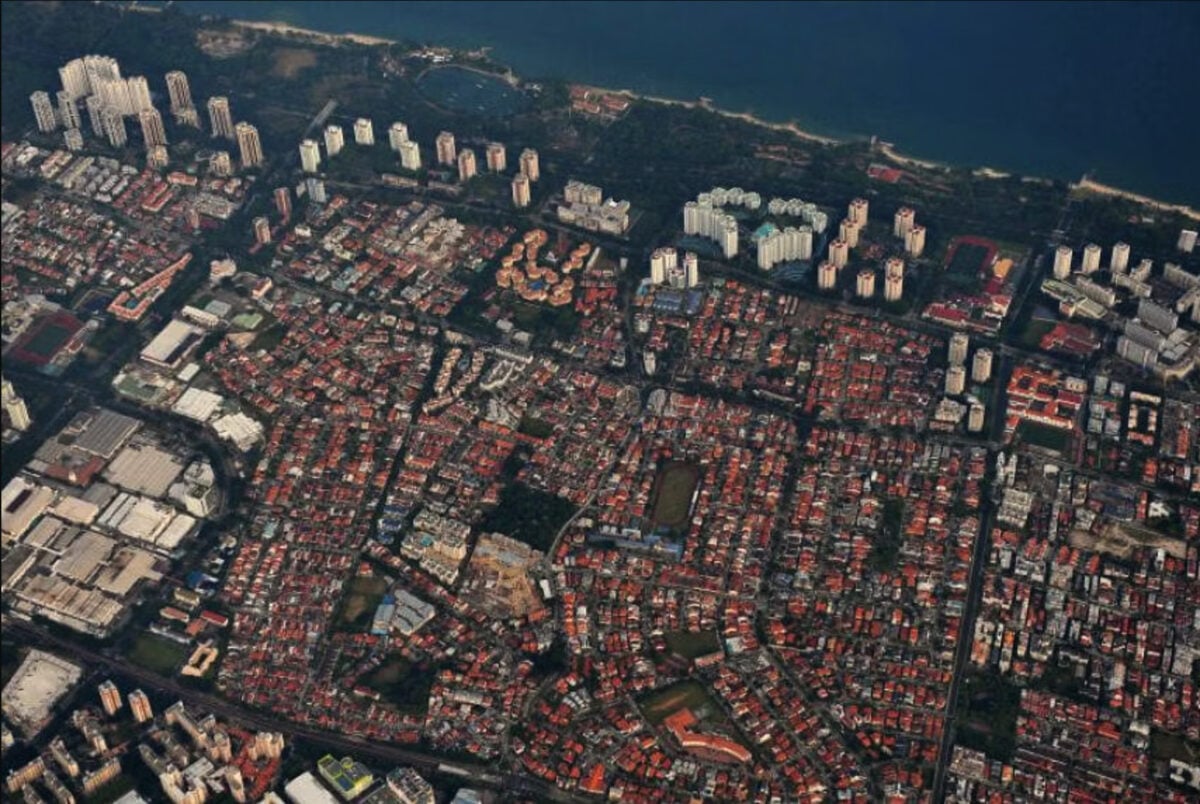
There’s also a new residential estate in Bayshore, part of the East Coast Renewal. The wider plan includes the Long Island project, which provides a barrier against rising sea levels and more homes.
Additionally, there’s an extension of public housing in the Simei estate and a new assisted-living model for public housing launching in Kovan.
Read more: October BTO exercise: Prime projects in Kallang and Tanglin Halt
Mixed-use developments and “vertical zoning”
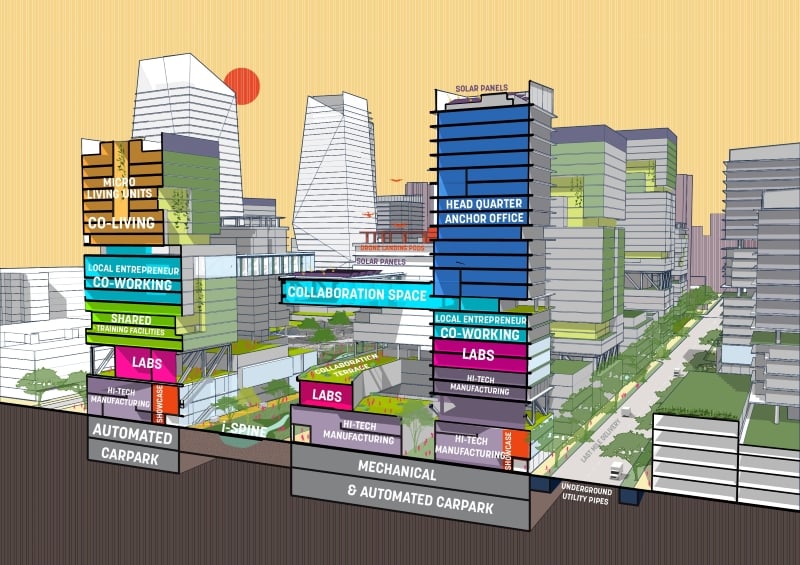
The URA describes “injecting more flexible and mixed-use workspaces in areas like Jurong Lake District.” This could manifest as a “vertical zoning” concept. Instead of separate land zones, usage is based on building floors. For instance, lower floors might be for light industrial use, middle floors for offices, and top floors for residences.
The authorities have also raised the possibility of shorter-leased commercial sites (15-30 years) as industries change and Work From Home becomes more common.
More green recreational sites
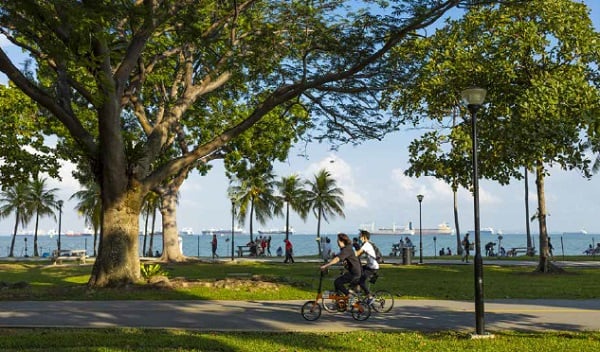
Lazarus Island has garnered attention for its “tiny homes” concept. Lazarus Island, located among Singapore’s Southern Islands, is being recognised by nature groups as a potential exemplar for eco-tourism. As part of the government’s recent initiatives, five “tiny homes” will be available for bookings on the island starting in April, marking the first time accommodation will be offered on the 47ha island. These homes, known as Tiny Away Escape @ Lazarus Island, are equipped with eco-friendly features and are a part of Sentosa Development Corporation’s efforts to transform the island into a “light-touch” eco-tourism destination.
Additional amenities, including a convenience store, overnight “glamping“, and non-motorised water activities, are set to be introduced by June. Nature advocates emphasize the importance of these developments being guided by the protection and understanding of nature, urging for a collaborative approach between developers and the nature community to ensure both environmental protection and educational components in the island’s activities.
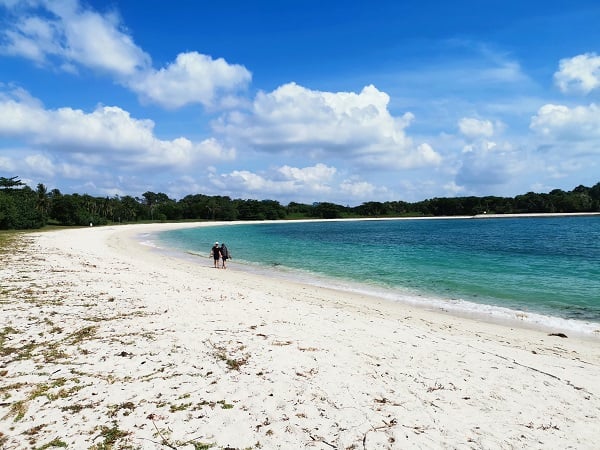
Sentosa and Pulau Brani are also on the list, as mentioned by URA. Singapore’s Urban Redevelopment Authority (URA) is emphasizing the rich diversity of the nation’s green and blue spaces, from forests and coasts to offshore islands. With thoughtful planning and innovative design, URA aims to enhance the quality and connectivity of these spaces, making them more accessible for recreation and appreciation. Initiatives include expanding the nature-based recreation network, growing the green network with multi-functional nature parks and corridors, and promoting water-based leisure activities in Singapore’s reservoirs, waterways, and coasts.
Additionally, there are plans to transform Sentosa and Pulau Brani into premier leisure and tourism destinations over the next few decades, leveraging their unique island appeal. The Southern Islands are also being considered for sustainable tourism concepts, balancing attraction enhancement with environmental preservation. As coastal protection measures are implemented, URA is exploring opportunities to integrate recreational spaces, envisioning features like coastal parks, promenades, and multi-purpose seawalls.
Singapore’s longest elevated cycling bridge
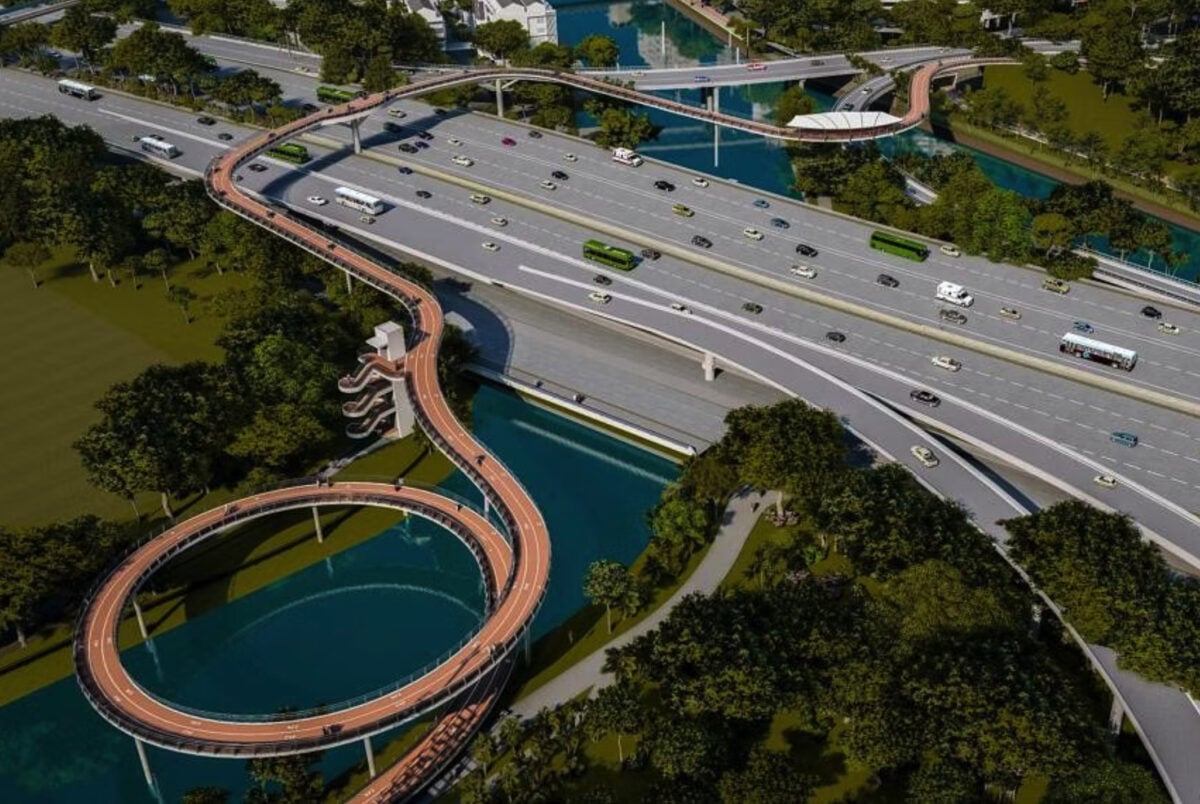
By 2027, a 682-metre bridge spanning a section of PIE near St. Andrews Village will be up. This bridge will complete the Kallang Park Connector route, forming a 10-kilometre trail from Bishan to the CBD in 30 to 45 minutes by bike.
The relocation of Paya Lebar Airbase
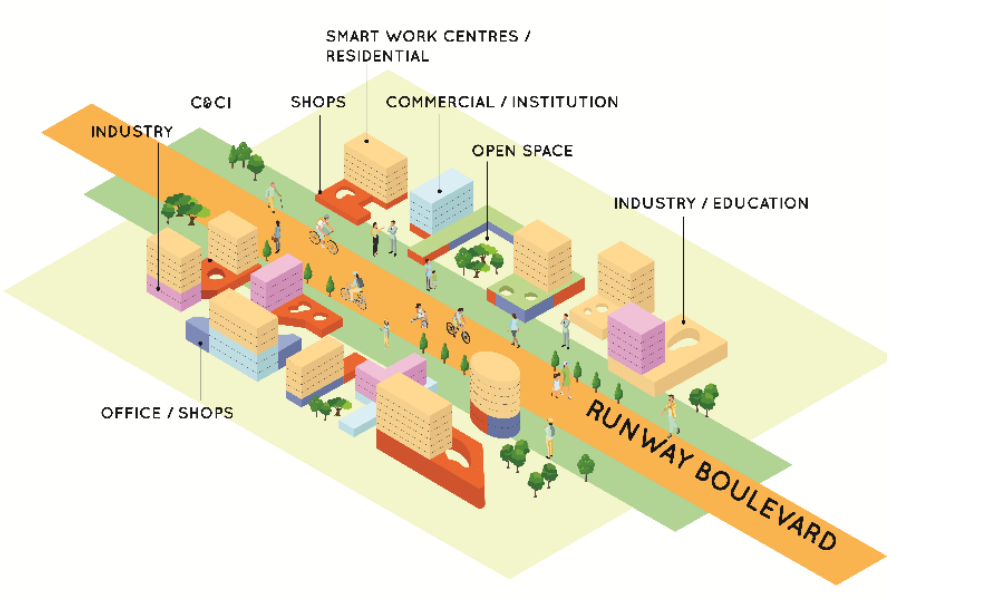
Set for relocation in 2030, the Paya Lebar Airbase will likely be replaced by 150,000 new homes. Redevelopment plans are in the works for Marine Parade, Hougang, and Punggol. The airport runway will be preserved, acting as a 3.8-kilometre “green spine” or park-like connector between neighbourhoods. The Urban Redevelopment Authority (URA) envisions this transformation to reflect the site’s unique identity as a former airport and airbase.
Key considerations include preserving its rich aviation heritage by repurposing some of the former airport structures and parts of the runway into dynamic public spaces.
Additionally, the URA aims to foster healthier communities by designing green spaces and recreational areas, ensuring residents have nature and play opportunities right at their doorstep. The overarching goal is to co-create a forward-looking community that seamlessly integrates living, working, playing, and mobility.
Conclusion
The URA’s 2025 vision for Singapore is transformative. With its emphasis on sustainability, growth, and heritage, the future of Singapore looks promising. As we move forward, it’s essential to remember that this vision is a collective one, shaped by both the URA and the people of Singapore.
Read more: Choa Chu Kang BTO flats launch in October: What it means to you
Disclaimer: This version of the article is rewritten to amend informational inaccuracies included by the writer. We apologise for the misinformation and hope for this revised version to better serve you, the reader.
The post The URA Master Plan 2025: A glimpse into Singapore’s future appeared first on .











